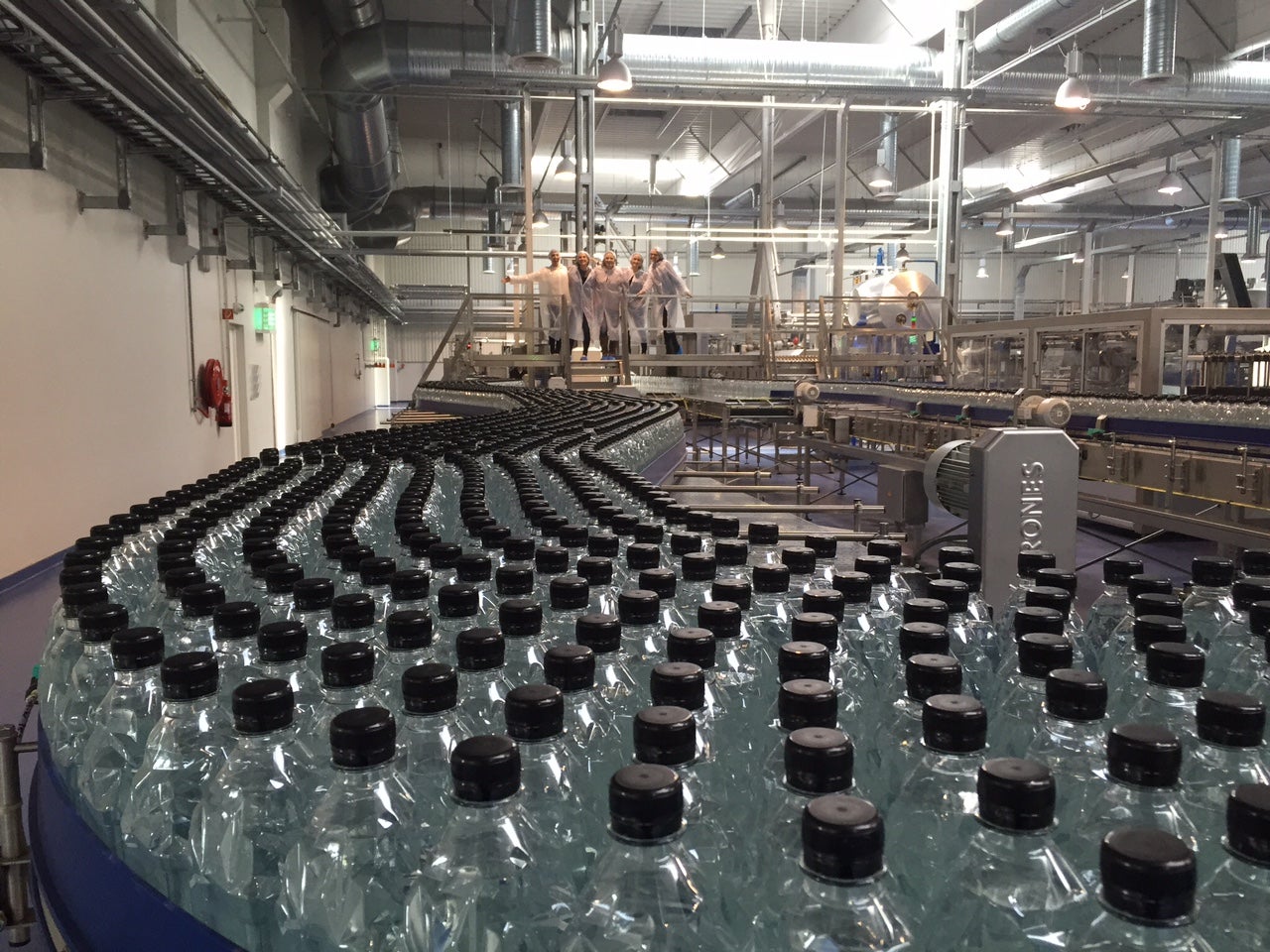How mission and margin work together
Corporate success can’t be reduced to a formula. We can look at balance sheet discipline, market share milestones, digital reach, or any number of traits and circumstances but the right mix of attributes will differ for every organization. However, there’s one common strength that any successful company cultivates: capturing the attention of its audiences.


Corporate success can’t be reduced to a formula. We can look at balance sheet discipline, market share milestones, digital reach, or any number of traits and circumstances but the right mix of attributes will differ for every organization. However, there’s one common strength that any successful company cultivates: capturing the attention of its audiences.
Successful companies win the fierce battle for people’s time in an always-wired world by making audiences care about its mission—defining exactly why customers should care in an increasingly connected world.
A professor in Harvard Business School’s General Management Program (GMP), Linda Hill (winner of the 2015 Thinkers50 Innovation Award), explains with two corporate executives, Douglas Ready and Robert Thomas, that game-changing companies have a few things in common. “They are purpose-driven, performance-oriented, and principles-led.”
Researchers also recently examined the exponential increase in the number of B corporations—companies focused on creating value for non-shareholding stakeholders. What they found illuminated the changing business landscape, which is a visible shift in the number of organizations making a strong mission the top priority. A Gallup poll of 192 organizations and 34 countries similarly found that mission and margin go hand in hand.
Below are a few companies proving the power of captivating audiences via the right mission:
Beyond the bottle
Traditional marketing channels don’t sway the attention war like they used to. Success in this arena depends on time that’s earned, not bought. A scrappy new entrant can leverage a unique mission to gain an outsized share of an audience’s attention.
Rather than simply building a sustainable mission statement, when Jon Olafsson, founder of Icelandic Glacial, recognized that people fail to associate bottled water with sustainability, he sought to change the industry’s prevailing negative associations while also positively affecting the environment.

Icelandic Glacial became the world’s first certified carbon-neutral manufacturer of natural spring water, using green energy to deliver a premium product with a completely offset carbon footprint. Available in 24 countries around the world, the company also provides plenty of water to those in need, from US flood victims to aspiring musicians in Cuba.
The water itself is also a winner, according to culinary experts, having won the Superior Taste Award. Add it all up, and the company’s positioning results in natural reasons for people to pay attention to both the product and its mission.
A cut above
The best startups disrupt, as Silicon Valley observers will tell you. Yet disruption is messy and customers are particular creatures of habit. When you’re a new player in an old sector, getting the time of day requires a perfect plan.
As the founders of Harry’s took aim at the staid razor-and-blades hustle, they relied on an exceptional new product in a strategically simple package to clear the switching-cost hurdle. The Harry’s shave set positions itself as superior to traditional options at a fraction of the cost, and the startup used slick viral pushes to let their product do the talking, and to let their customers do the talking about the product: a referral campaign gathered 100,000 email leads in a week and a million paying customers in two years. The company turned its outsider status into a strength, playing up its direct-to-consumer savings, and its ability to listen genuinely and innovate quickly.

From the beginning, Harry’s had the advantage of utilizing advanced analytics and A/B testing to see how people were reacting to their pitch. “Ideas that are truly innovative—that is, those that can reshape industries—typically go against the grain of executive experience and conventional wisdom,” notes GMP Professor Stefan Thomke in his argument for robust experimentation.
Customers responded to the straightforward messaging, the product quality, and the eye-opening simplicity of adopting a new way to shave. Harry’s illustrates the potential of a more straightforward message to garner more attention and loyalty.
One planet, one mission
Customers aren’t just walking wallets—organizations like nonprofits seek donations, sure, but they thrive on buy-in from much more than their stakeholders’ bank accounts. Years ago The Nature Conservancy overhauled its indicators for institutional success to better align its operations with a stated mission of global biodiversity. Current CEO Mark Tercek, a former Wall Street executive who oversaw environmental efforts, also recognized the inherent opportunity (even before joining the Conservancy) in valuing both the mission and the bottom the line.
An organization with a compelling product or mission must still perform in ways that further these ambitions. A Conservancy leadership team saw that its programs around the world had the potential to be curtailed by communications, fundraising, and managerial inefficiencies if they didn’t make changes. It took time and dogged effort, but the Conservancy expanded its reach and effectiveness by streamlining strategies and structuring the back offices to improve resource-sharing. Today it is counted among the largest environmental nonprofits.
In order to achieve success, it can be crucial to understand if you’re measuring the right things. When what you’re producing (or preserving) is still benefiting the organization as a whole, it’s necessary to reassess key indicators to ensure you’re meeting long-term goals.
These examples show that there’s no singular formula for capturing the attention of an audience. But an authentic, unique mission identifiable by anyone who interacts with the company is often the first step towards crafting a business that people want to engage with—which is a trait equally important to a company’s longevity as balance sheet strength and market share percentage.
This article was produced on behalf of Harvard Business School Executive Education by Quartz creative services and not by the Quartz editorial staff.